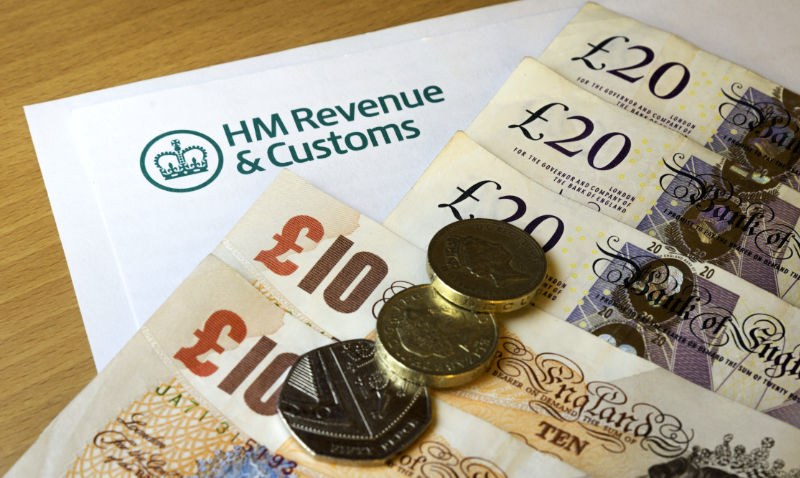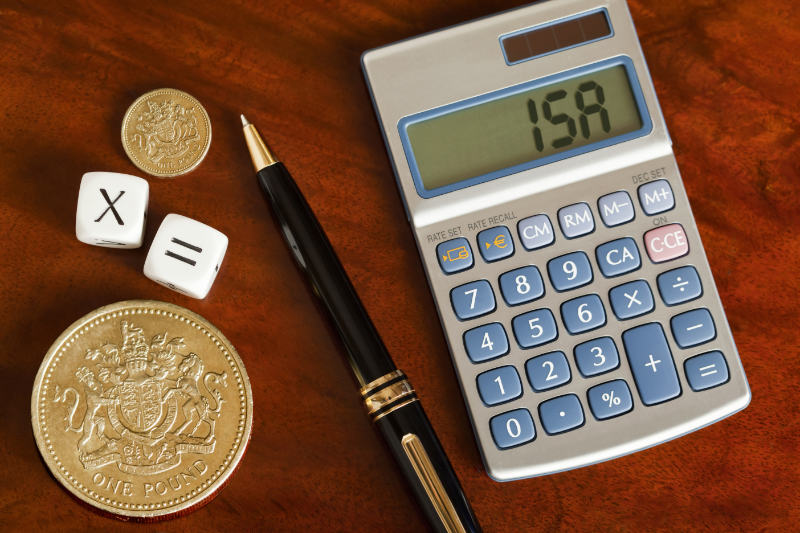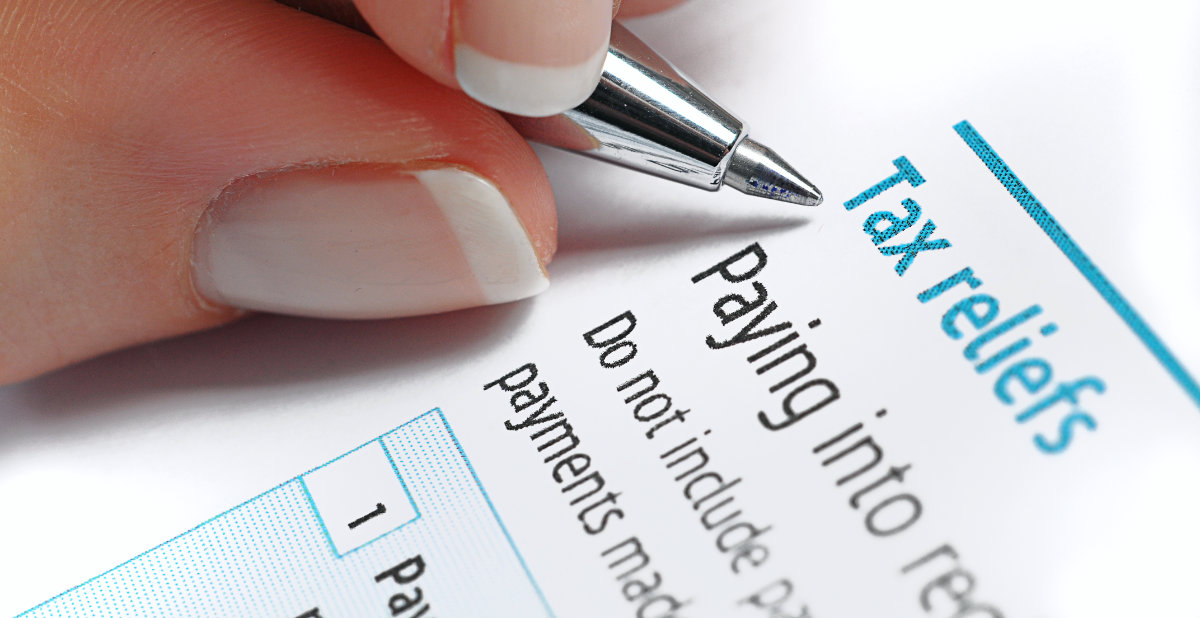While the end of the tax year is fast approaching, there’s no better time to learn about your various annual tax free allowances and exemptions, which are applied to your self-assessment, and can potentially reduce your tax bill.
You can find the latest tax-free allowances at HMRC’s income tax rates and personal allowances page.
Tax-free allowances 2019-2020
1. Personal tax-free allowance

Your personal allowance is applied to your taxable income for this year: your income from various sources such as employment, self-employment, property rentals, pensions and trusts.
For the 2019/2020 tax year, ending on 5 April 2020, the standard tax-free personal allowance is £12,500. Above this allowance you’ll start to pay income tax at a rate of 20%. At higher levels of income, higher rates of income tax apply: for taxable income between £37,500 and £150,000 you’ll pay 40%, and for amounts over £150,000 you’ll pay 45%.
However, it’s worth noting that your personal tax-free allowance is impacted if you earn over £100,000 – the £12,500 allowance is reduced by £1 for every £2 you earn over the £100,000 threshold.
Your taxable income may also include any interest earned on savings or bonds. But your savings allowance and ISA allowance, which we’ll come onto, can help to reduce your tax bill in this respect.
2. Personal savings allowance

As we’ve mentioned, interest earned on savings can count towards your taxable income. But, you have a personal savings allowance in the current tax year of £1,000.
This means that only interest earned in excess of £1,000 would be taxed.
As an example, if you had £50,000 in savings held in a cash account with an interest rate of 2%, the interest rate generated in one year would be £1,000. Assuming you had no other savings in other accounts, this interest would be covered by your personal allowance, and there would be no income tax to pay.
However, this is only the case if you’re a basic-rate taxpayer on a 20% tax rate. Higher 40% tax rate earners see the personal savings allowance cut to £500.
3. Capital gains tax-free allowance
‘Capital gains’ are the profits you make when you sell applicable assets (and also when you give it to someone else or swap or trade it). Applicable assets include some personal possessions (if they’re worth more than £6,000), some property, and stocks and shares.
For the 2019/2020 tax year, your capital gains tax-free allowance is £12,000. That means that you’ll only pay capital gains tax on the profits of over £12,000.
As an example, if you had £100,000 in stocks and shares at the start of the tax year, and your investments grew by 11% over the year, you would have made £11,000 (minus any fees and charges), which would be within your capital gains tax-free allowance and therefore wouldn’t be taxed.
Above this threshold, capital gains can be taxed at various rates dependent on the rate of income tax you pay, as well as the type of assets you were profiting from.
4. Dividend allowance
If you own shares in a company, you may receive regular dividend payments – your portion of the company’s profits. The tax you’ll pay on dividends depends on which rate of income tax you pay. If you pay the basic rate (20%), you’ll pay tax on dividends at 7.5%. If you pay income tax at the higher rate (40%), you’ll pay tax on dividends at 32.5%. And if you pay income tax at the additional rate (50%), you’ll pay tax on dividends at 38.1%.
However, for the 2019/2020 tax year, you have a dividends allowance of £2,000, meaning that you only pay tax on dividends received above that amount.
So, if you’re a higher rate taxpayer who received £5,000 in dividend payments in the 2019/2020 tax year, you’ll pay £975: 32.5% of £3,000.
5. ISA allowance

Another way to protect your interest income, capital gains and dividends from tax is by keeping your savings and investments in ISAs.
Savings can be kept in a cash ISA, while various types of investments, from individual company shares to investment funds and government or corporate bonds, can be held in a stocks and shares ISA.
For the 2019/2020 tax year, your ISA allowance is £20,000, meaning that you can make payments of up to £20,000 into whichever ISAs you choose to hold, and there will be no income tax, capitals gains tax or dividends tax to pay on any returns generated on that amount.
This is, of course, particularly useful if you have exceeded your other allowance; your personal savings allowance, capital gains tax-free allowance and dividend allowance.
But even if you’re currently within your other allowances, it’s worth using your ISA allowance as the current rules protect the money within that wrapper in all future years as well (though these rules could be subject to change).
At moderate growth of 5% a year, someone investing their full annual allowance of £20,000 over the course of the next decade would end up with ISA holdings worth more than £250,000 – roughly £50,000 of which would be made up of investment profits. If the whole amount was then withdrawn, there would be no tax to pay on that £50,000 at that point.
Outside a tax-efficient stocks and shares ISA, on the other hand, and assuming a capital-gains tax allowance of £12,000, around £38,000 of that profit would be taxable – for higher-rate income taxpayers, this would mean a bill of £7,600.
Need to know more about ISAs? Read the Wise Living guide to 8 essential must-knows about ISAs and ISA allowances.
6. Pension annual allowance
ISAs are not the only tax-efficient saving option. Money you contribute to your pension qualifies for tax relief, which means it is treated as if it comes out of your pre-tax earnings. If you’re a basic-rate taxpayer, therefore, every £80 you put into a pension is topped up by HMRC to £100. Higher-rate taxpayers can claim an additional 20% tax relief via the self-assessment system, while additional rate taxpayers can claim 25% in the same way.
There is an annual allowance of £40,000 pension contributions on which this relief is available – and you can’t claim tax relief on contributions that exceed your annual earnings.
Bear in mind though that, unlike an ISA, money in a pension is locked up until age 55 under current rules. Pension withdrawals after that age are counted towards your taxable income.
Read Wise Living’s financial planning for retirement guide – 10 dos and don’ts for pension savings.
Using your tax-free allowances
You have until 5 April 2020 to use each of these allowances. You can’t carry your allowance forward into the new tax year, so if you don’t use it, you lose it.
Some of these allowances are applied to your tax bill automatically, but when it comes to ISAs and pensions, it’s your responsibility to make sure you’re using your allowance and claiming back any tax relief you’re entitled to – so make sure you’ve planned your contributions before the deadline.
All investment carries risk and it is important you fully understand these risks and are willing to accept them. You may get back less than you invested. The tax advantages of ISAs may change in the future and also depend on your individual circumstances.































































